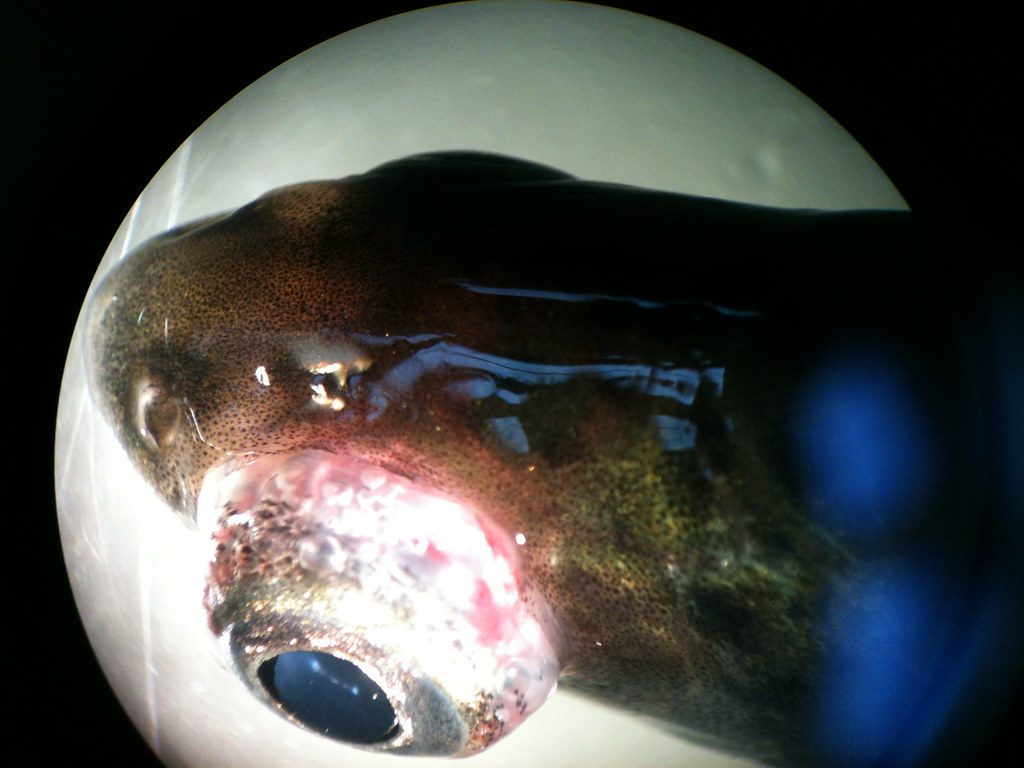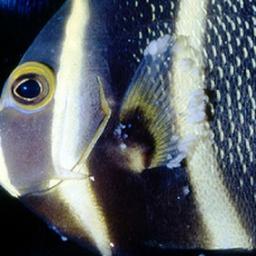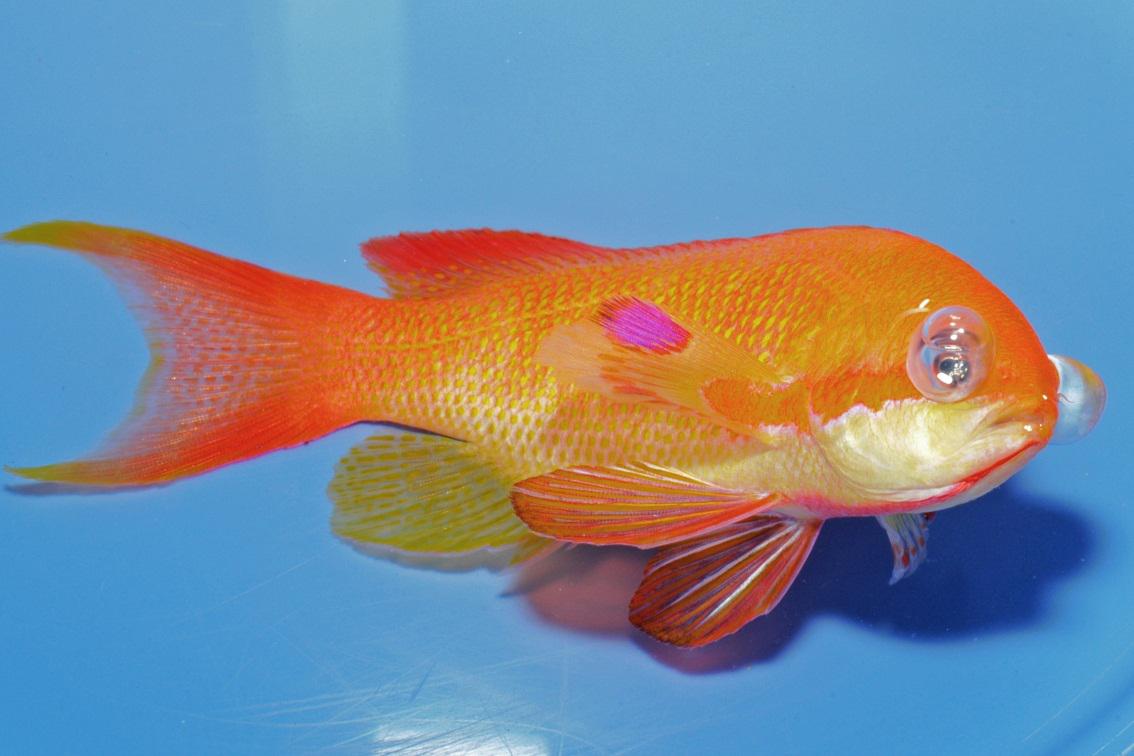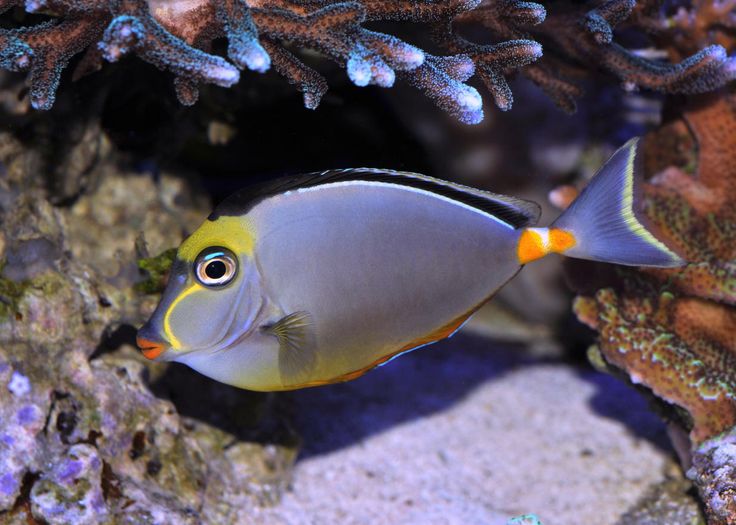The causative factors of fish diseases can be grouped under six broad categories:
1. Internal to the individual – genetic diseases
2. Environment associated diseases (such as critical intensities of light/temperature/pH/ dissolved gases) 3. Physical injuries (ex: handling/transporting)
4. Nutritional diseases (ex: deficiency syndromes)
5. Co-existing organisms (biological entities)
6. A combination of a few or all factors indicated above.
General methods to detect the health of fish in field conditions:
Visual examination is one of the quickest and least costly and requires a well-trained eye. But it need not be highly reliable. Some of the quick indicators are given below:
External: Reflexes – In healthy fishes, reflexes will be quick such as: Escape reflex, Eye reflex and Tail reflex.
The other types of symptoms may be sluggish behavior, twirling, spiral or erratic movements, faded or darkened pigmentation, exophthalmus or ‘pop eye’ condition, hemorrhages, Erosion of jaw or mouth Gill parasites, gill erosions, white nodules, tailor fin rot, distended abdomen (Dropsy), protruded anus (vent), blood oozing Ulcers/boils (furuncles), external parasites Cotton wool like growth.

Internal: Gas, filled hollows, ascitic fluid in the abdominal cavity, hemorrhages in the muscle wall/air bladder/ internal organs, liquid in the air bladder, White nodules in internal organs, swelling of organs (Kidneys, liver etc.)

- Microscopic and Histologic examination: Impression smear or wet mount preparation can be examined using a light microscope. This is a rapid and inexpensive diagnostic tool. This method is good for observing motile bacteria and protozoa. More specific information can also be obtained from histological method when special stains are applied to the tissue sections. But it is slow and expensive. It also requires a trained technician, and some times fails to yield a definitive diagnosis.
- Bacterial isolation: A sample is taken and either streaked on agar – based medium or introduced into a liquid broth containing a mixture of specially designed ingredients. Some media are also designed to allow the selective growth of certain bacteria from a potential mixture of pathogenic and non-pathogenic bacteria. General morphologic classification of the bacteria can be made based on the colony size, shape, color and smell. For more exact identification, biochemical characterization is often used. In this, a single purified colony is assayed for its ability to metabolize a variety of different minerals, chemicals and food sources. This is a very specific diagnostic method. However, it requires days or even weeks obtaining the results, and not all bacteria will grow on defined medium.
- Tissue culture: As viruses cannot grow or multiply unless they are within living cells, cell cultures allow the diagnostician to grow many types of viruses in the laboratory. A sample is homogenized and added to the cells in the tissue culture flask. If virus is present in the sample, it causes the Cytopathic Effect (CPE). However, cell cultures have been developed only for some fish, but not for shellfish. Rapid diagnostic tests for detecting fish pathogens: In order to prevent outbreaks, minimize the presence of pathogens and to reduce the use of antimicrobial compounds, rapid detection of pathogen is essential.
They are further advantageous since the tests are:
a. speedy, sensitive and accurate,
b. presumptive and/or confirmatory,
c. be micro-modified for inexpensive handling of large number of individuals and small volume samples,
d. require non-destructive samples,
e. yield qualitative and quantitative results.

The results obtained from such tests can be correlated with the other clinical symptoms of the fish. Some of the important rapid diagnostic tests are given below:
1. Immuno-diagnostic assays such as Monoclonal & Polyclonal antibody assays.
2. Direct fluorescent antibody test (d-fat)
3. Enzyme immuno assays (EIAs) or ELISA
4. Dot immunobinding assay
5. Western Blotting technique
6. The Latex agglutination assay
7. DNA – based diagnostic tests
8. Polymerase Chain Reaction (PCR) tests.




